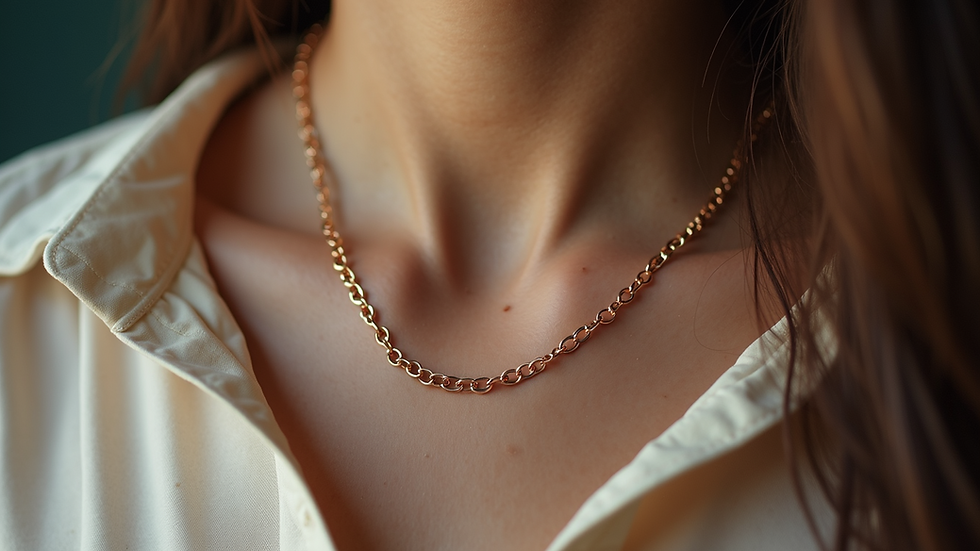Designing Custom Business Cards for Your Brand
- Shannon Richards
- Jul 11
- 3 min read
In today’s competitive market, a well-designed business card can be a powerful marketing tool. It’s often the first impression a potential customer will get of your brand. The importance of your business card cannot be overstated; it encapsulates your brand identity and delivers critical information to your clients. This post will delve into the art of crafting unique business card designs that stand out and resonate with your audience.
Unique Business Card Designs
Designing unique business card designs is not just about aesthetics; it is about creating a lasting impression. Your business card should reflect your brand's ethos and values in just a few square inches. When thinking about your design, consider elements such as color, shape, size, and text.
For instance, a financial expert might opt for a traditional design that incorporates grey and navy blue colors projecting professionalism. In contrast, a graphic designer could favor bright colors and unconventional shapes to showcase creativity. The unique aspects of your business card should align with what you want to communicate about your brand.

Fonts and Readability
Choosing the right font for your business card is crucial. A creative and stylish font can make your card stand out, but it should also be easy to read. Avoid overly decorative fonts that might confuse the reader. The goal is for your contact information to be easily legible.
Consider using a font hierarchy: one style for your name, another for your title, and a simple font for your contact details. This approach not only organizes the information but also adds visual interest to the card. According to typography studies, using contrast in fonts can help guide the viewer’s eye toward the most important parts of the card.

Incorporating Branding Elements
Your business card is a canvas to express your brand identity. This includes your logo, color scheme, and any other branding elements. Consistency is key. The colors on your card should match your website, brochures, and other marketing materials to create an integrated experience for customers.
For example, if your brand is focused on sustainability, you might want to use eco-friendly inks and designs that reflect your commitment to this value. Incorporating your logo or using specific color palettes reinforces your brand recognition, making your business card more than just a card - it's an extension of your brand.
Practical Design Tips
To create an effective business card, keep these practical design tips in mind:
Prioritize Information: Use the front of the card for your name and contact information. The back can hold your slogan or additional information.
Use White Space: Avoid clutter by allowing for sufficient white space. This creates a clean look and makes your information stand out.
Order of Importance: Place the most crucial information at the top or center of the card. This ensures that even a quick glance will relay essential details.
Consistency: Maintain a consistent look across all marketing materials. This will reinforce your brand identity.
By following these tips, your business card will not only convey your essential information but also express your brand beautifully.
Making a Lasting Impression
In a digital world where electronic communication is prevalent, a physical business card stands out. The tactile experience of holding a business card, coupled with thoughtful design and material choice, will leave a lasting impact.
Recent studies have shown that people are more likely to remember a face after meeting when they’ve exchanged business cards; this further emphasizes the value of a well-crafted card.
Incorporating elements that cater to your target audience's preferences and behaviors also makes a difference. Engaging all the senses (sight, touch, etc.) can create a more memorable experience. Think about how you want potential customers to feel when they receive your card and design with this feeling in mind.
Final Thoughts
Designing custom made business cards is an excellent opportunity to showcase your brand's personality. By paying attention to various design elements, materials, and readability, you will create a card that stands out from the competition. Remember, a business card is more than just a contact information tool; it’s a personal touch in a world that can sometimes feel impersonal.
Take the time to brainstorm, sketch out ideas, and explore resources to craft the perfect business card that will make a positive impression long after the interaction has ended. For anyone looking to level up their networking game, investing in unique business card designs is a step toward success.
Whether you are just starting or looking to refresh your brand, custom made business cards can unlock new opportunities and connections. Check out Julry Partz for options that will take your business cards to the next level.



Comments